"Unique Bronze Proof Of De Pierre-jules Mêne (1810-1879), "mazagran""
Extremely rare bronze by
Pierre-Jules Mêne (1810-1879) depicting an allegorical subject on the defense of Mazagran, a currently identified example. Low-relief sculpture, a symbolic animal transposition evoking the battle of Mazagran, which took place in 1840 in western Algeria. Mazagran was a small fortified hamlet not far from Mostaganem, where one hundred and twenty-three French army chasseurs, the zéphyrs, were besieged. For three days and three nights, on February 3, 4 and 5, 1840, they repelled the assaults of fifteen thousand men from more than one hundred and twenty Arab tribes under the command of Abd el-Kader. The iconography of this bas-relief depicts France with the rooster, symbol of courage and bravery, and the flag protecting the walls of Mazagran. The wolves and felines in the lower section represent the attackers.
First reference: the bronze was refused at the 1841 Salon and appears in the archives as refused. The second reference is to the 1846 catalog, in which it is mentioned without any indication of size or price. In Pierre Jules Mêne's catalog raisonné, page 206, it is stated that "The bronze refused at the Salon has not been identified and has disappeared, and we wonder about the edition of this bas-relief, as no print has been reported to us".
Published by
Plaster; atelier P.J Mêne, 1846: published by the artist?
Bronze; Mêne catalog, 1846: published by the artist ? Allegorical subject on the defense of Mazagran, priceless
Literature: Poletti & Richarme, Pierre-Jules Mêne; Catalogue raisonné, Paris, 2007 page 206
Provenance: Private collection, South of France
Dimensions
Height : 8.66 in
Width :11.22 in
Depth : 4.72 in
Period : 1846
Origin : France, Paris
Materials : Bronze and blackened pearwood


















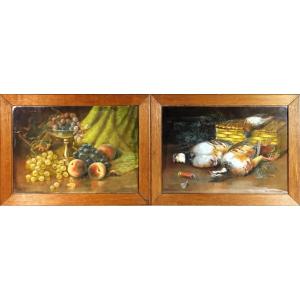



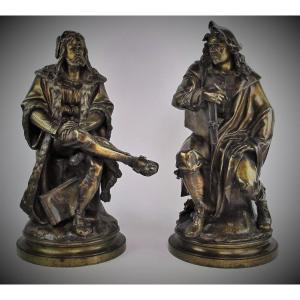
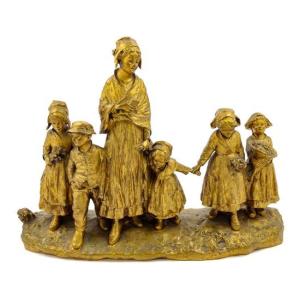

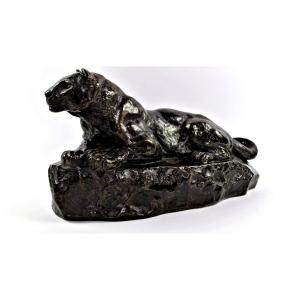

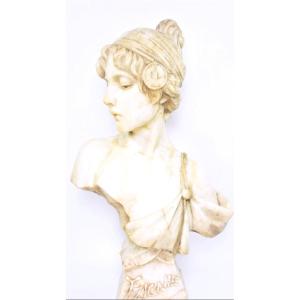

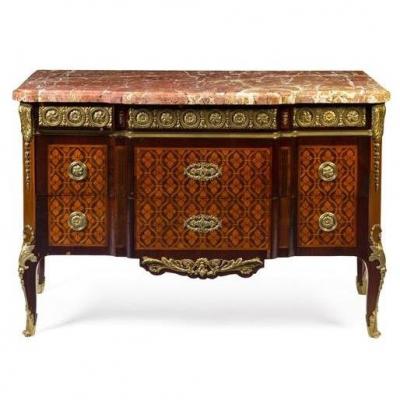

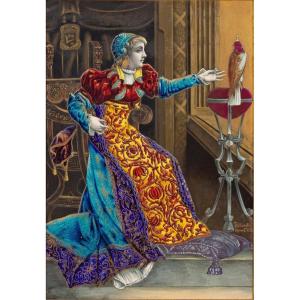

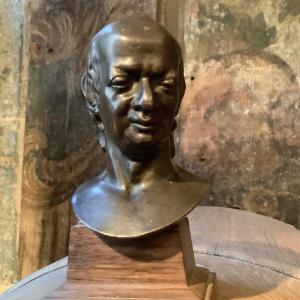

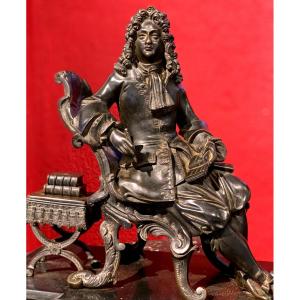




 Le Magazine de PROANTIC
Le Magazine de PROANTIC TRÉSORS Magazine
TRÉSORS Magazine Rivista Artiquariato
Rivista Artiquariato